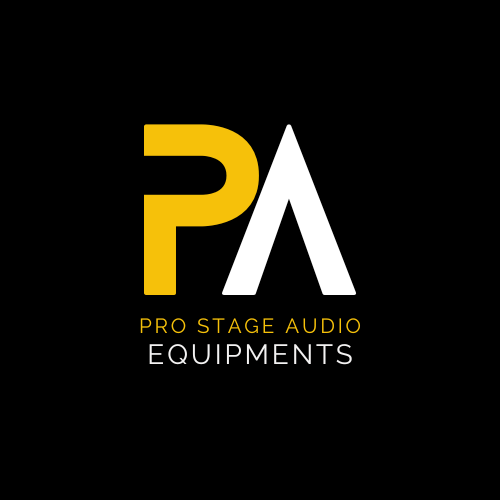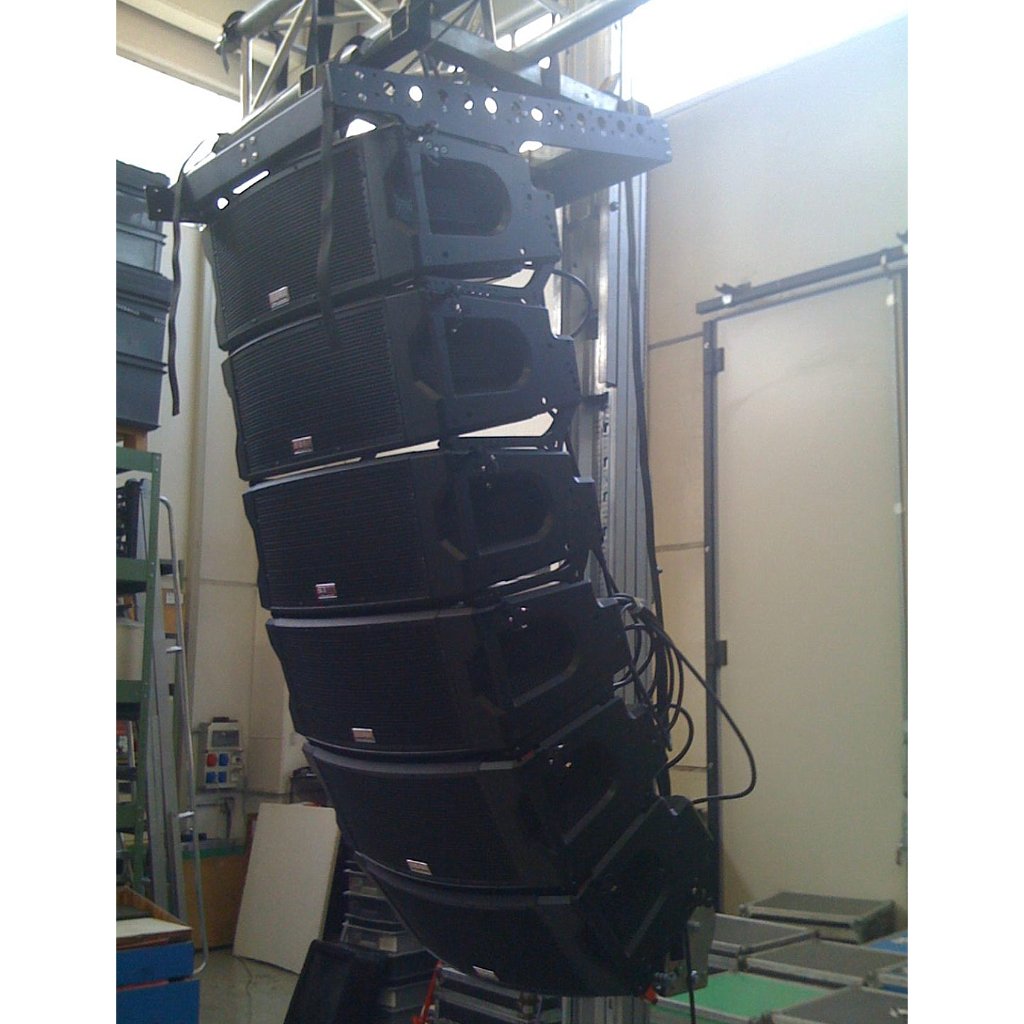How to optimize line arrays for outdoor festivals. Optimizing line arrays for outdoor festivals requires a strategic blend of system design, physical setup, and tuning. Since outdoor environments lack room reflections but are subject to wind, temperature gradients, and large crowds, careful planning is essential to deliver clear, consistent sound across a wide area. How to optimize line arrays for outdoor festivals
🎯 Main Goals:
- Maximize coverage uniformity
- Ensure clarity and intelligibility
- Prevent hot spots and drop-offs
- Control low-end spill and noise pollution
✅ Step-by-Step Optimization for Line Arrays Outdoors:
1. Venue Analysis & Planning
- Measure venue dimensions: width, depth, expected audience size.
- Note physical constraints (trees, buildings, elevation changes).
- Use software like L-Acoustics Soundvision, d&b ArrayCalc, or EASE Focus for simulation.
2. System Design
- Line Array Size:
- More boxes = longer throw
- Ensure adequate coverage front to back
- Box Configuration:
- Top boxes: longer throw, tighter vertical angles
- Bottom boxes: near-field fill, wider vertical angles
- Horizontal coverage:
- Typical line arrays have 90°–120° horizontal dispersion.
- Use side fills or delay towers for wide audiences.
- Splay Angles:
- Adjust vertical splay angles to optimize overlap and reduce comb filtering.
3. Rigging & Positioning
- Height: Top of the array should be well above crowd level (20–30 ft / 6–9m is common).
- Tilt/aim: Aim the array so coverage reaches the farthest listener without overshooting.
- Delay towers:
- Use if venue depth exceeds 200 ft (60 m)
- Time-align them using delay (ms) matching the distance from mains.
4. Low-End Management
- Use cardioid subwoofer configurations (end-fire, gradient, or cardioid stacks) to:
- Push energy forward
- Reduce stage bleed
- Align subs with tops for phase coherence (use measurement tools or system processor).
5. Time Alignment & Phase Coherence
- Use tools like:
- Smaart
- Rational Acoustics
- SATLive
- Time-align main PA, subs, and delays using measurement mics at key audience positions.
6. Tuning with System Processor/DSP
- Apply EQ filters to correct for:
- System tonal balance
- Environmental adjustments (wind, humidity, temperature)
- Use limiting and compression for protection
- Calibrate gain shading if needed to adjust for front-to-back balance
7. Test with Real Audio & Walk the Field
- Play pink noise or music and walk the listening area.
- Adjust tilt, EQ, delay, or gain based on real-world perception.
🧰 Optional Enhancements:
- Front fills: For listeners close to the stage under the array.
- Infill/outfill speakers: For side coverage in wider venues.
- Weather protection: Ensure enclosures and rigging are rated for outdoor use.
⚠️ Common Mistakes to Avoid:
- Over-relying on software without tuning by ear
- Not accounting for wind or temperature gradients (they affect HF propagation)
- Ignoring audience absorption—humans soak up high frequencies
📌 Pro Tip:
Use a smartphone SPL meter app or professional RTA tool to ensure SPL compliance and even sound coverage.

